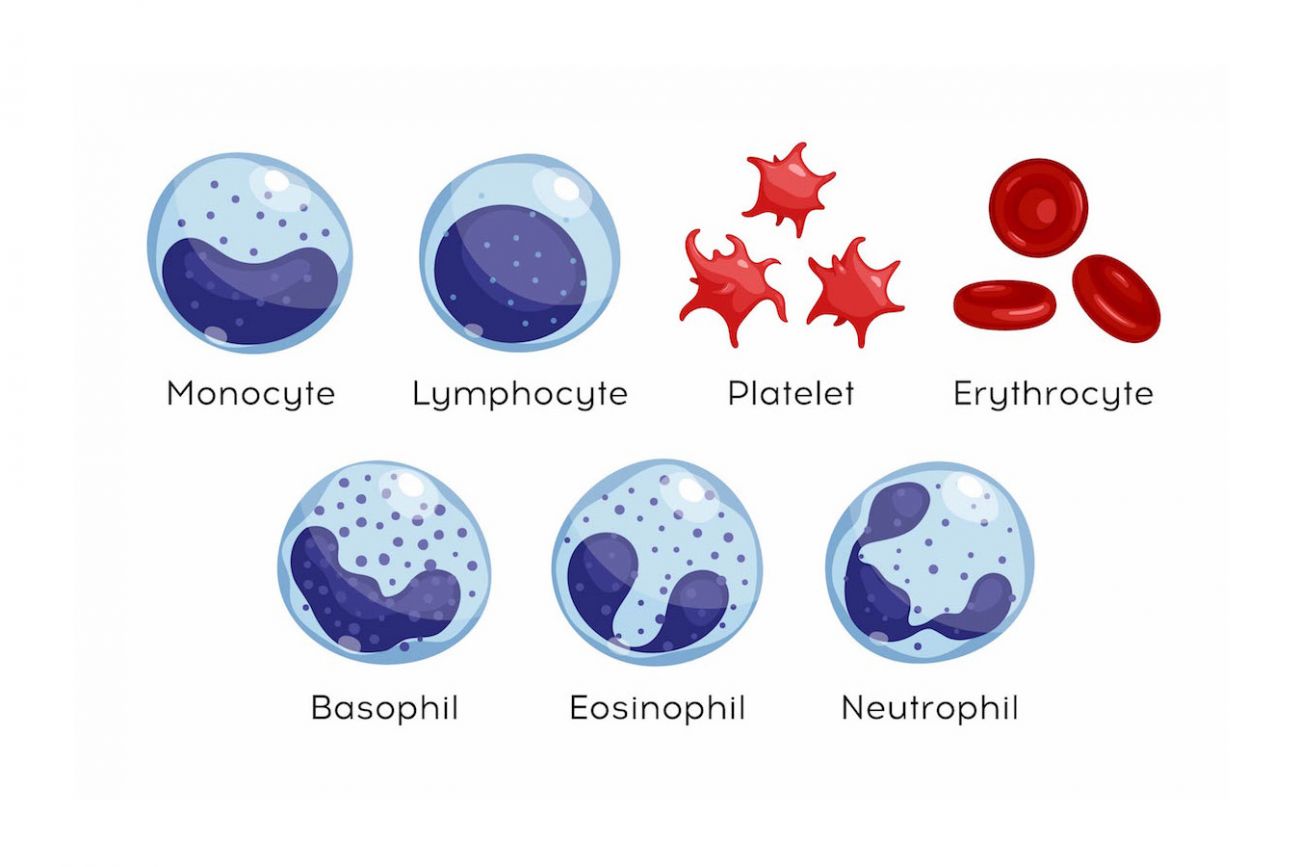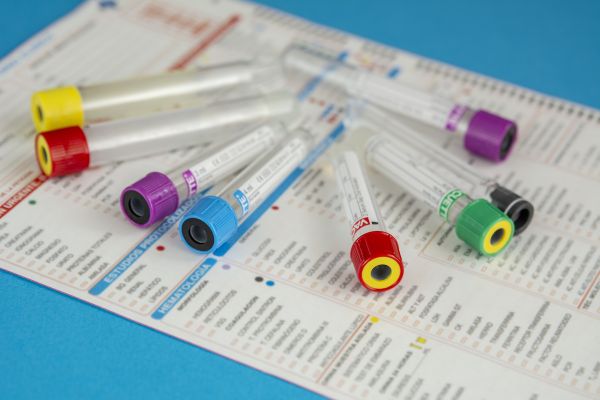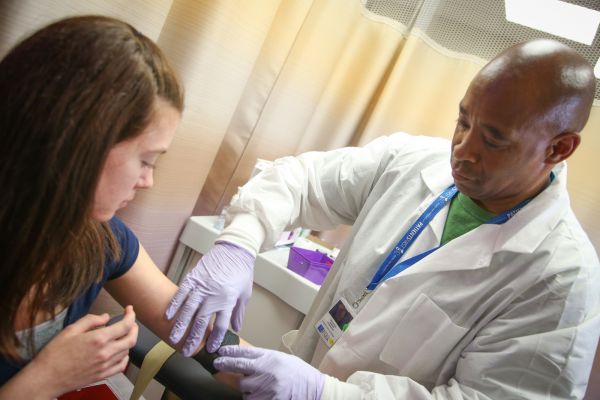Understanding your blood test results: Part 2
In Part 1 we focused on interpreting blood tests related to red blood cells and clotting. Now we turn our attention to blood tests focusing on white blood cells and tumor markers.
To recap, blood tests can be used to monitor your condition, by checking:
- How well your treatments are working
- Whether it is safe for you to continue your current treatment plan
- The effects of your medications
- Whether any of your blood cell types are below or above the normal range, and whether your blood is clotting normally
- The levels of electrolytes, minerals, hormones, oxygen and carbon dioxide in your blood
- Whether you have an infection
- How well your organs and systems are working
The ABCs of white blood cells
White blood cells, also called leukocytes or WBCs, are the centerpiece of the immune system’s response that helps your body fight off infections, destroy abnormal cells and prevent illness. WBCs usually live only few days, so your bone marrow continually makes new ones. There are five basic types, but 60-70% of them are neutrophils. When your neutrophil count is low (neutropenia), you are at higher risk of infection, because your immune system is weaker. Some level of neutropenia is common during cancer treatment.
If your provider orders a complete blood count (CBC) with differential, the results will include the number of white blood cells — as a number and/or a percentage — and the types of WBCs and how many of each type is in your blood.
The level of WBCs in your blood remains fairly stable, but your counts may go up or down, depending on what is going on in your body. For example, bacterial infections tend to cause a rise in neutrophils, allergies cause a rise in eosinophils, and viral infections cause a rise in lymphocytes. The normal range for WBC count is usually 4,500-11,000, which can be written as 4.5-11 x 10³.
| Types of White Blood Cells | Low Numbers Can Be Due To: | High Numbers Can Be Due To: |
|---|---|---|
|
Neutrophils 40-79% Neutrophils (number of) 1.6-8 |
|
|
|
Lymphocytes 10-45% Lymphocytes (number of) 1-4.5 |
|
|
|
Monocytes 1-13% Monocytes (number of) 0.1-1.0 |
|
|
|
Eosinophils 0.060% Eosinophils (number of) 0.0-0.70 |
|
|
|
Basophils 0.020% Basophils (number of) 0.0-0.3 |
|
|
Tumor markers 101
Your blood may also show the presence of tumor markers (biomarkers), which the National Cancer Institute describes as “anything present in or produced by cancer cells or other cells of the body in response to cancer or certain benign (noncancerous) conditions.”
Tumor markers can indicate:
- Your risk level for certain cancers
- How aggressive your cancer is
- Whether your cancer is responding to treatment
- Whether your cancer can be treated effectively with targeted therapy
- Whether your disease has gone into remission or recurred
In the past, the only tumor markers that had been identified were proteins that were produced in higher amounts by cancer cells. However, with advances in science, we have learned that genetic markers can also be used as tumor markers. These include gene mutations, changes in the DNA of the tumor and specific ways the tumor’s genes are expressed (how the genes change the way the cell looks/acts).
Today many different tumor markers are in clinical use. It’s important to understand that no single tumor marker can show whether someone has cancer. Some tumor markers are associated with only one type of cancer; others, with multiple cancer types — but there is no “universal” tumor marker that can reveal the presence any type of cancer.
Never miss another Cancer Talk blog!
Sign up to receive our monthly Cancer Talk e-newsletter.
Sign up!Another limitation is that the levels of a tumor marker can rise and fall continually, so it may be difficult to use the information provided by the blood sample. Also, some tumors do not have a marker, and even for the tumors that do, not every person with that type of cancer will have the marker.
For more information about white blood cells, see the Roswell Park publication “Understanding Your Blood Tests.” You’ll find it online in the Patient Education Library in the MyRoswell patient portal, or you can pick up a copy of the brochure from The 11 Day Power Play Cancer Resource Center or ask your nurse in your care center.
Learn more about tumor markers from the National Cancer Institute.


